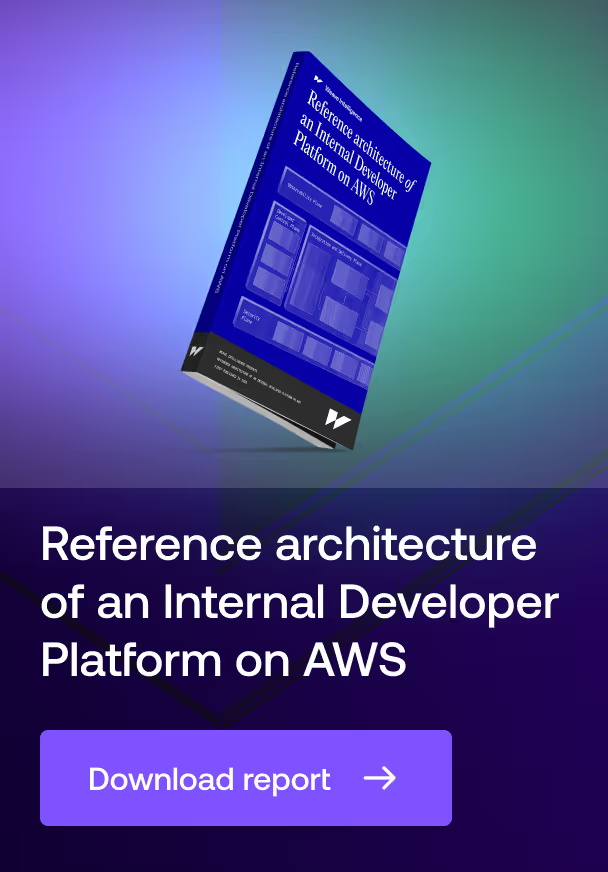Profile
Red Hat Enterprise Linux (RHEL) is an enterprise-grade Linux operating system distribution that provides a stable, secure, and standardized computing platform for business-critical workloads. Built on open source foundations but hardened for enterprise use, RHEL combines the innovation of the open source community with rigorous testing, certification, and long-term support commitments. The platform serves as the foundation for enterprise computing environments, from on-premises data centers to hybrid cloud deployments, offering organizations a consistent, reliable operating system backed by comprehensive support and security maintenance.
Focus
RHEL addresses fundamental enterprise computing challenges by providing a standardized, secure operating system platform that supports mission-critical workloads while reducing operational complexity. The platform solves key problems around hardware compatibility, security hardening, and long-term stability for enterprise deployments. Core benefits include comprehensive hardware certification, integrated security controls, and predictable lifecycle management. RHEL serves platform engineers, system administrators, and development teams in regulated industries and large enterprises requiring a robust, supported Linux distribution for production environments.
Background
Red Hat's journey began in 1993 when Bob Young and Marc Ewing combined their expertise to create a commercially supported Linux distribution. The company pioneered the enterprise open source business model, demonstrating that free software could be monetized through superior support and services. Following its successful IPO in 1999, Red Hat expanded beyond basic Linux distribution through strategic acquisitions and product development. Now an IBM subsidiary while maintaining operational independence, Red Hat continues to lead enterprise Linux development while contributing significantly to upstream open source projects.
Main features
Enterprise-grade operating system platform
RHEL provides a hardened Linux distribution optimized for enterprise workloads through extensive testing and certification processes. The platform supports multiple hardware architectures including x86_64, ARM, IBM Power, and IBM Z, enabling standardization across diverse computing environments. Security features include SELinux mandatory access controls, system integrity verification, and comprehensive cryptographic capabilities. The operating system incorporates enterprise-focused capabilities like high availability clustering, performance tuning, and advanced storage management while maintaining compatibility with upstream Linux innovations.
Comprehensive container and cloud platform
Red Hat OpenShift delivers an enterprise Kubernetes platform that integrates container orchestration, developer tools, and operational management capabilities. The platform supports both traditional and cloud-native applications through a unified architecture that spans on-premises and cloud environments. Built-in features include automated deployment workflows, integrated security controls, and scalable application management. OpenShift's architecture enables organizations to standardize container operations while providing developers with self-service capabilities and operators with centralized control and visibility.
Infrastructure automation and configuration management
The Ansible Automation Platform provides agentless automation for infrastructure provisioning, configuration management, and application deployment. Its human-readable playbook format and extensive module library enable automation of complex IT workflows without requiring specialized programming expertise. The platform supports cross-domain automation spanning network devices, cloud services, security tools, and enterprise applications. Key capabilities include role-based access control, automation content management, and integration with existing IT service management processes.







